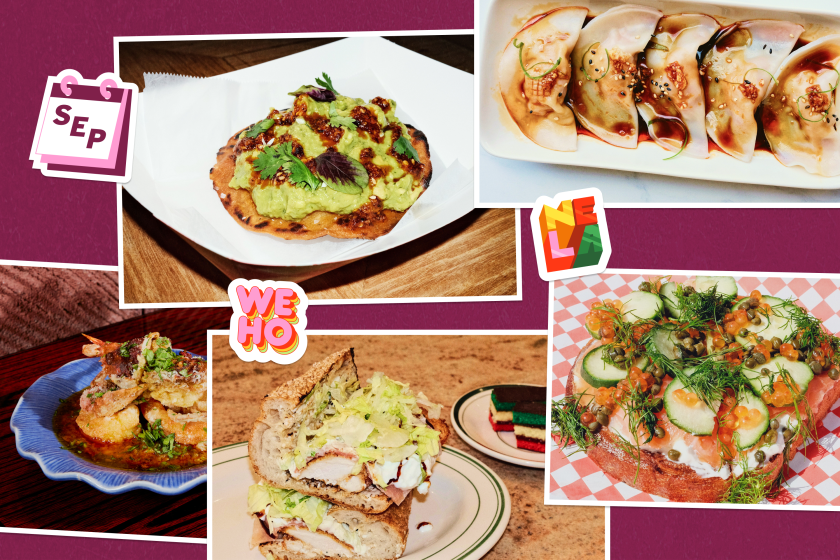Beverages and snacks after the Yom Kippur fast

It’s not often that one hears a Jewish person refer to Yom Kippur — the Day of Atonement, marked by repentence and fasting — as their favorite holiday, but for a good friend of mine living in Jaffa, Israel, Yom Kippur is top of the line. “It’s almost like the world is on pause,” she explains. “The silence is deafening. I don’t think there’s any other place in the world where everything stops completely just because it’s a holiday; no cars on the roads, no planes in the sky, no open stores, no shopping. It’s so quiet you can hear the birds singing all day.”
Yom Kippur offers divine absolution for any offenses we have committed since the Day of Atonement of the previous year. It is also the most solemn day of the Jewish year, a fast day when no food or beverages are consumed for 25 hours — from sundown Friday to one hour after sunset on Saturday.
The final meal is eaten before sundown and in most Jewish homes will include chicken, especially in the requisite soup. The rest of the meal varies according to ethnic tradition, but it is generally considered unwise to consume too much and eat salty or highly seasoned foods.
Many people spend the time in prayer at the synagogue, beginning with the moving Kol Nidre service on Yom Kippur eve and ending in Ne’elah service the next day, capped by the blowing of the shofar, its ancient and powerful resonance captivating young and old alike. Others use the time for self-reflection, a quiet time for our busy souls in this complicated world.
“When the fast is over, everyone knows that the first and most important thing to do is consume a beverage,” explains Pascale Perez Rubin, an Israeli author and expert on ethnic foods.
“But while Ashkenazi Jews might be satisfied by a simple cup of sweetened tea, Sephardic Jews have a variety of interesting alternatives.” Her examples are the traditional Turkish break-the-fast drink called pepitada, made with pulverized melon seeds and water, strained and sweetened. Or hariri, a sweetened almond milk consumed by Iraqi Jews.
“Tunisian Jews drink black tea with fresh lemon verbena leaves and sweeten it with sugar cubes,” she says, “the Moroccans mix their tea with mint and Tripolitan Jews make their tea with cinnamon and extra sugar or honey. These drinks revive you, fresh herbs or spices add flavor and the sweetener gives us instant energy.”
Next along is a nibble, often something dry that just begs to be dipped in a cup of tea. My upstairs neighbors, of Polish and Russian descent, will undoubtedly be enjoying a babka or some mandelbrot. Romanian traditionalists might bite into a white honey cake rather than the familiar dark one.
Syrian and Iraqi Jews often prepare savory ka’a’him, mini bagel-shaped biscuits with seeds and spices such as fennel or anise that are traditionally believed to soothe the stomach. But Turkish and some North African Jews take a walk on the sweet side with tishpishti, various semolina-based cakes, and boulou, a sweet challah-type yeasted bread or rolls enriched with golden raisins and seasoned with sesame, fennel and nigella seeds.
When I was growing up, our first after-the-fast meal was always dairy and included bagels with assorted toppings and salads — a tradition I continue in my home today. But Rubin tells me that she and many North African Jews will be having a snack and waiting an hour or two before eating harirah — a thick beef, chickpea and vegetable soup, eaten by Jews and Muslims alike in the days when her grandmother lived in Tunisia.
More to Read
Eat your way across L.A.
Get our weekly Tasting Notes newsletter for reviews, news and more.
You may occasionally receive promotional content from the Los Angeles Times.










